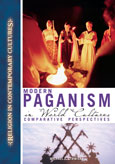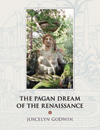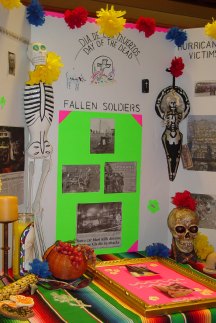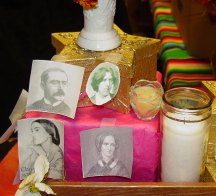The plumbing taskIf I remember correctly,
60 Minutes did a segment a few years ago on the inadequacies of low-flow toilets, the ones that are mandated to use only 1.6 gallons per flush.
Ours, one of the earlier models and never a great performer--perhaps you've noticed how everyone owns a toilet plunger these days--seemed to be getting more and more feeble.
Recently I visited the
Lowe's store in Pueblo to buy a new one. It was like going to a car dealer: there were choices not just in size and color, but in power, internal dimensions, and style of flushing. Thoughtfully, they provided a sort of spreadsheeet for comparing models.
I walked up and down the aisle, comparing, until settling on a mid-price plain white model with the largest "throat" I could find. That extra quarter inch might make a difference.
I installed it yesterday. A job that would take a master plumber maybe 45 minutes takes me three hours, what with coffee breaks, double-checking-the-plumbing-manual breaks, e-mail breaks, and a trip to town to buy a new stool supply line, since the old one was too short.
"Put it in so it doesn't leak, come back, and we'll give you a plumber's license," cracked the white-haired clerk at the hardware store. You don't often find his kind at the big-box stores. Unfortunately, our small-town hardware store does not sell complete toilets, just repair parts.
Now the old toilet sits in pieces on the front porch, giving our home that special House of Mountain William charm. Previously, when I replaced a toilet, I smashed the old one into little chunks, put them in a sturdy carton well-wrapped with duct tape, and set it out for the garbage pickup. Problem solved.
But even toilets can be recycled, I have learned. Now I"ll take the tank, for instance, out to one of the muddy low points in our gravel driveway, raise my sledge hammer, and cue the prison work song:
Riley crossed the water [thunk]
On dem long hot summer days [thunk]
Cover with some other gravel to blend the colors, and it's done--a composted toilet.
Where is the Wiccan connection in all this? I learned how to remove and install a toilet from the high priest of my first coven, when one of the other coveners had a leak in hers, and he took me along as his assistant to replace it. It was the Colorado coven described in the first chapter of Margot Adler's
Drawing Down the Moon, although take her enthusiastic description of the back-to-the-land lifestyle with several grains of salt.
UPDATE! Why didn't I think to contact the
World Toilet Organization with my toilet-disposal issues? Maye they use unneeded vitreous china fixtures to build roads in the Third World or something. Was I truly "thinking globally, acting locally" when I repaired my own driveway pothole? And I was a week late for
World Toilet Day--or has it not been celebrated since 2003?
Tag:
World Toilet Organization








